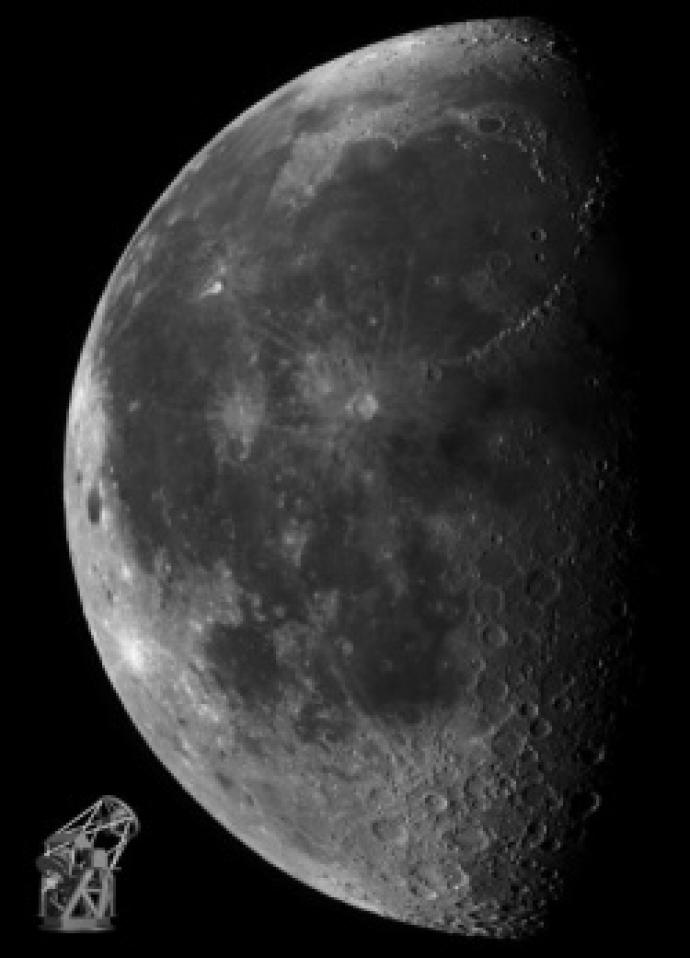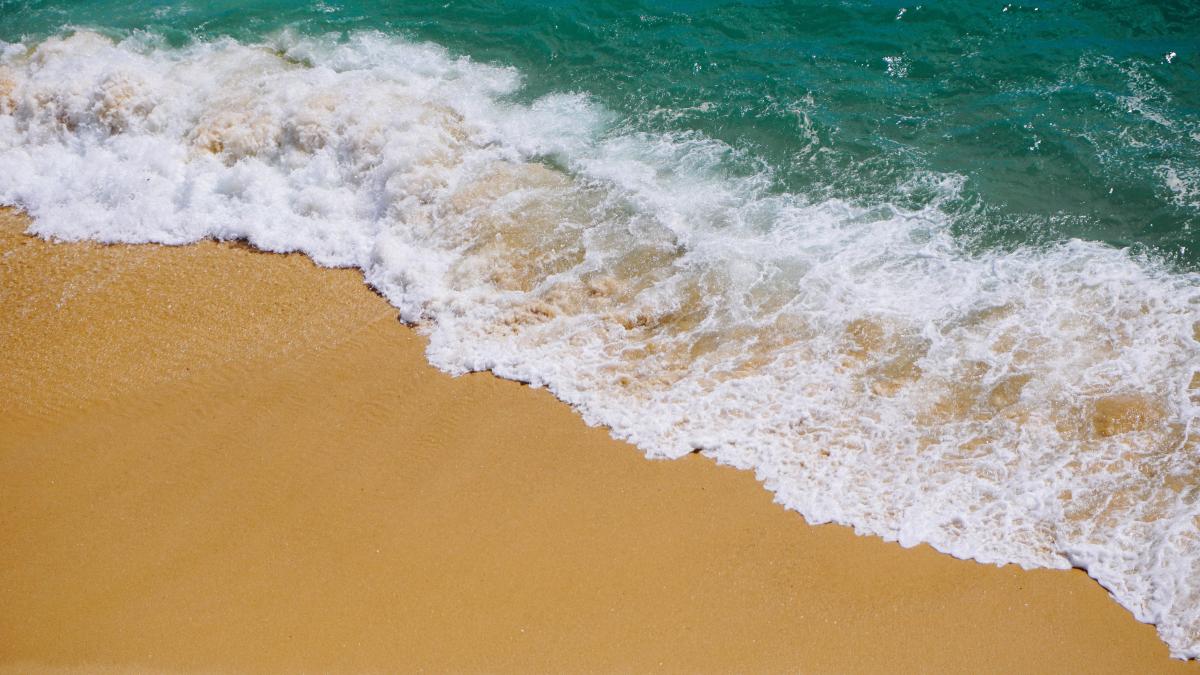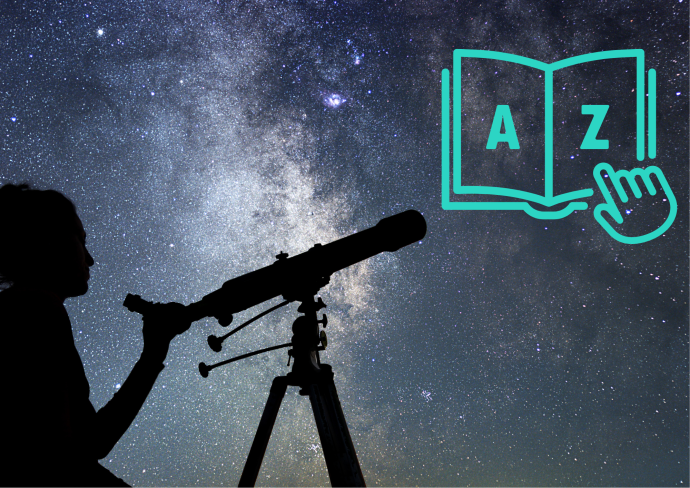The Moon
The Moon is the largest and brightest object we see in the night sky.

Tides
The level of the sea rises and falls about two times each day. We call these changes tides.

Stargazing Glossary
Welcome to our stargazing glossary!
Here, you'll find key terms that will help you better understand the wonders of the night sky.

Keep a Moon Diary
Let's Explore the Moon!
Next time it's dark, why don't you look up!
Even if we can't go into space we can still learn a lot about it from right here on the ground.
Use this activity pack to learn all about the Moon - let us help you explore!
Karlie Noon
Early Life
Karlie grew up in a small town in New South Wales, Australia. Karlie is a Gomeroi women. The Gomeroi (also spelled Gamilaraay or Kamilaroi) are one of the largest Indigenous nations in Australia.
Research Areas: Galaxy Evolution, Indigenous Astronomy, Moon Haloes
"I never had a plan for any of this, I just followed what I was interested in and learned to ignore any critics and my own doubts along the way."
Ursula Marvin
Early Life
Ursula Marvin was born in Vermont, and grew up in New Hampshire, USA. She loved being outdoors but did not discover her passion for geology until she went to university to study history. She asked to change her degree major to Geology, but her professor refused and told her she should learn how to cook. Instead, Ursula took extra geology, maths and physics courses and went on to earn a PhD in Geology from Harvard University.
Year born: 1921
Research Areas: Meteorites, Moon Rocks
